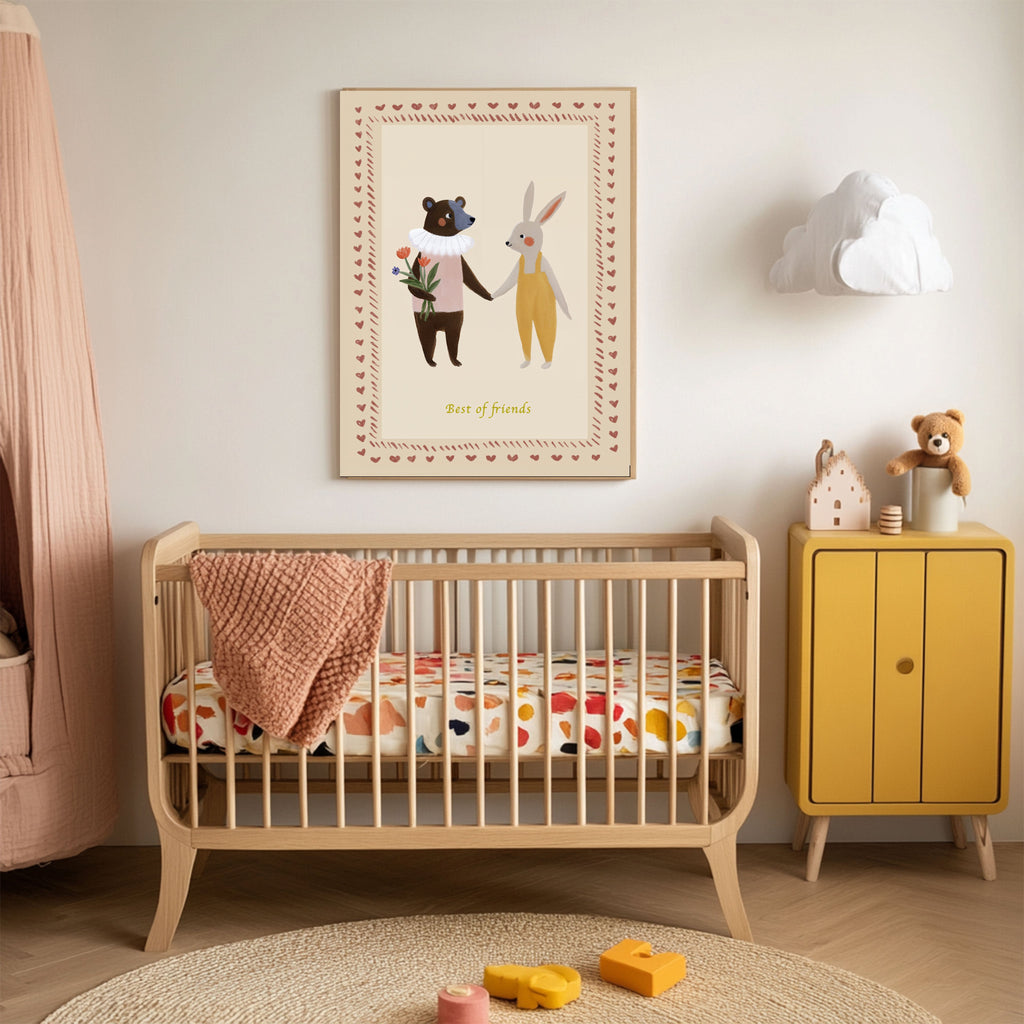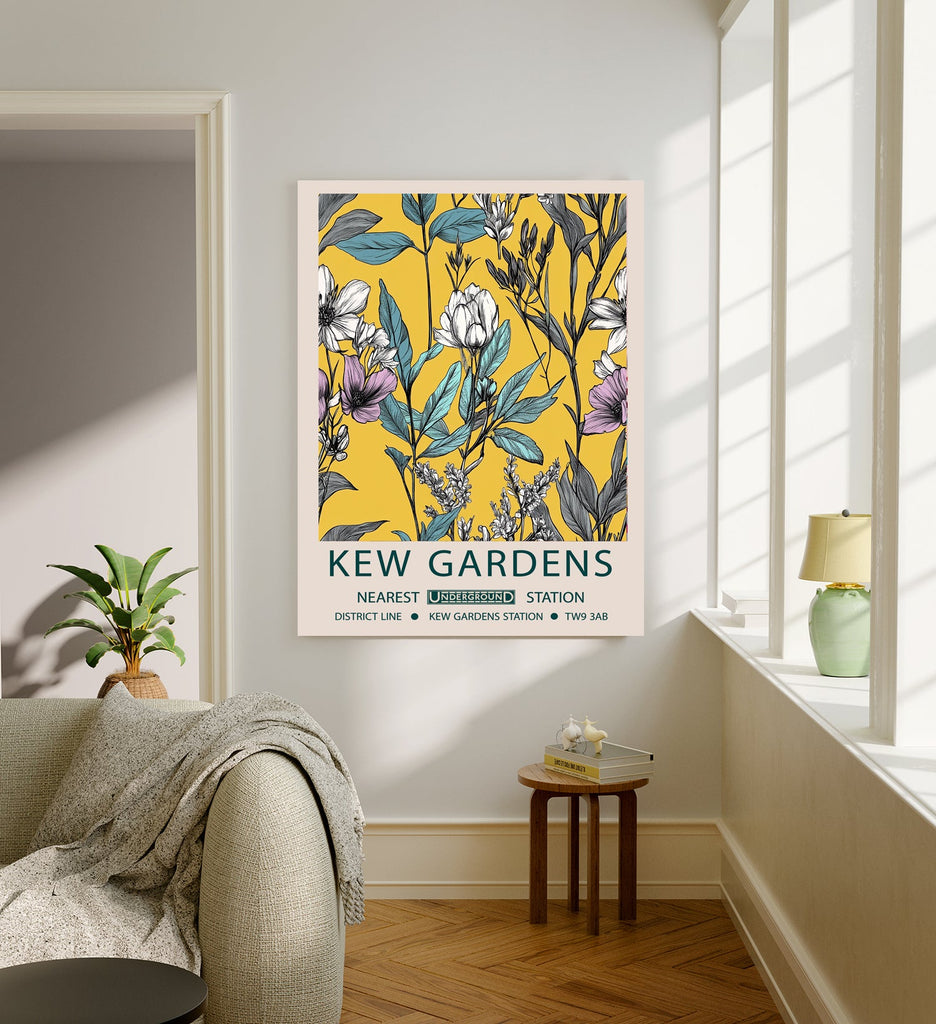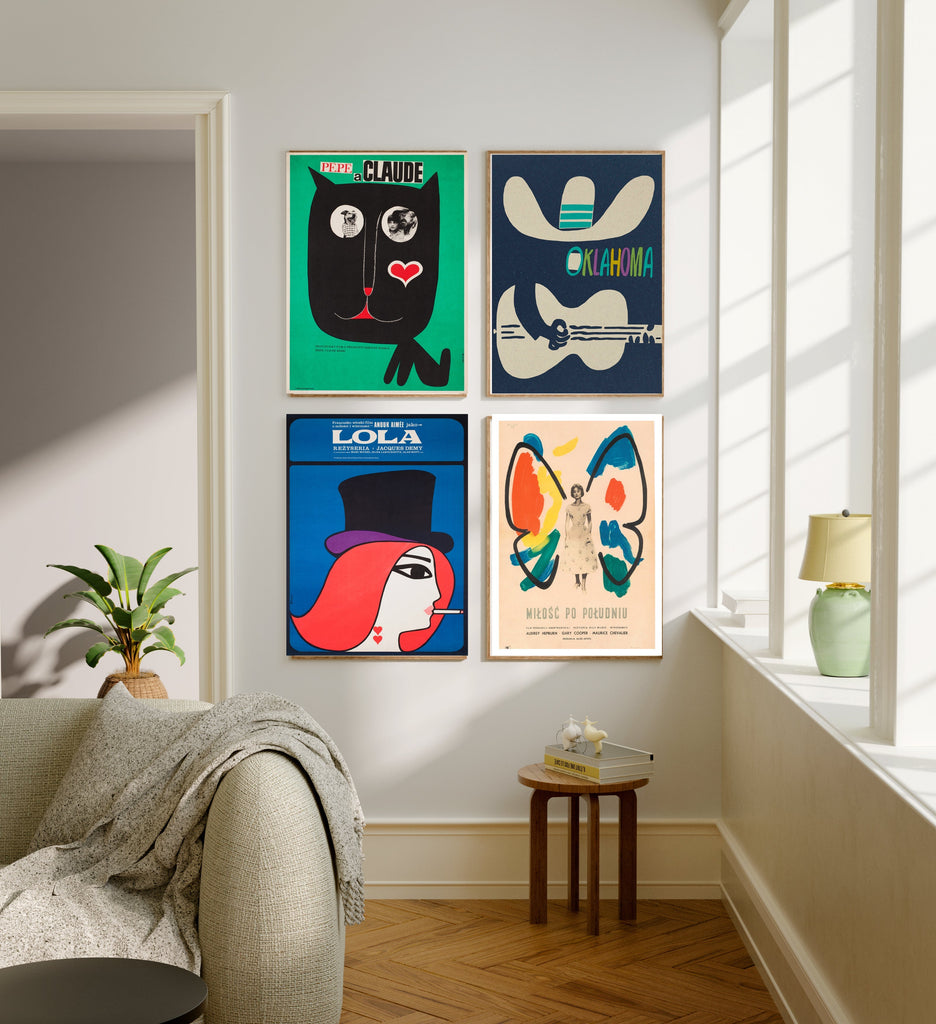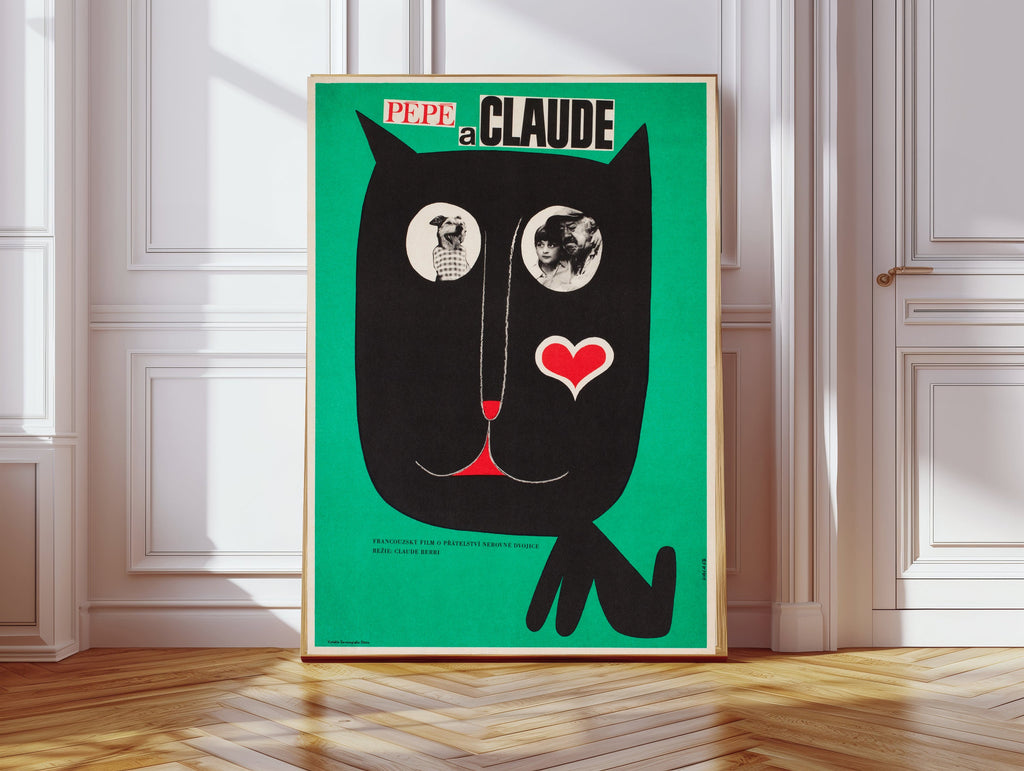Creating a Dreamy Nursery with Beautiful Wall Prints
Designing your baby’s nursery is one of the most exciting parts of preparing for their arrival. Every detail matters — from the soft blankets to the calming colours on the wall. But one of the most charming ways to bring warmth and personality into the space is through nursery wall art.
At Stanley Street Studio, we believe art should spark joy, comfort, and imagination from the very beginning. Our curated collection of nursery wall prints is designed to make little rooms feel magical — full of soft colour palettes, playful characters, and timeless charm that grows with your child.
Choosing the Perfect Nursery Art Prints
1. Create a Calming Atmosphere
Babies and children respond beautifully to gentle tones and simple shapes. Choose soft, soothing prints in pastel shades or nature-inspired designs — think floating clouds, woodland animals, or dreamy Japanese landscapes that bring peace and serenity.
2. Add Personality and Playfulness
Your nursery should feel fun and unique. Cute animals, friendly faces, or whimsical patterns add a sense of wonder and joy to your baby’s world. Art can become part of bedtime stories and early imagination.
3. Think About Longevity
Our art prints are designed to last — both in quality and style. Choose pieces that can transition easily from nursery to playroom or bedroom as your child grows. Simple, beautiful artwork never goes out of style.
🎨 Why Choose Stanley Street Studio for Nursery Wall Décor
At Stanley Street Studio, we carefully select high-quality art prints that combine creativity, craftsmanship, and a sense of calm. Here’s why parents love our collection:
-
✨ Premium Giclée Printing ensures every colour is rich, soft, and fade-resistant — perfect for long-lasting nursery décor.
-
🐻 Thoughtfully Curated Designs — from gentle Japanese-inspired prints to adorable animals and minimalist illustrations.
-
💛 Art That Grows With Your Child — elegant enough for a nursery, stylish enough to stay as they grow older.
-
🌎 Eco-conscious Production — because beautiful spaces should be kind to the planet too.
Each piece from Stanley Street Studio is designed to inspire — creating spaces filled with warmth, imagination, and love.
🌈 Make Your Nursery a Work of Art
Whether you’re preparing for your baby’s arrival or refreshing your child’s room, the right wall art makes all the difference.
Explore our handpicked collection of nursery wall prints at Stanley Street Studio and discover artwork that’s as special as your little one.
🧡 Shop now and create a nursery that tells a beautiful story — one print at a time.




